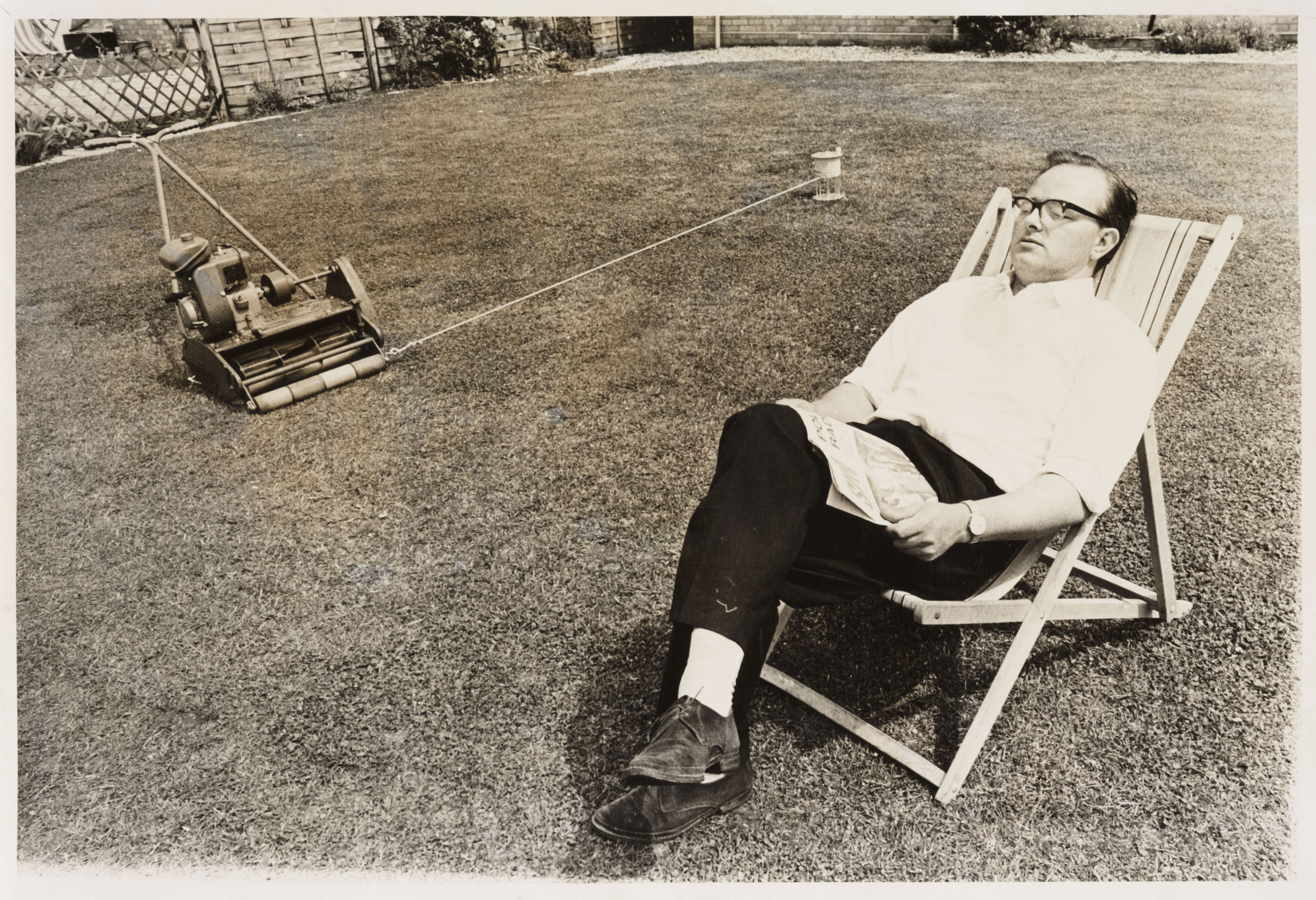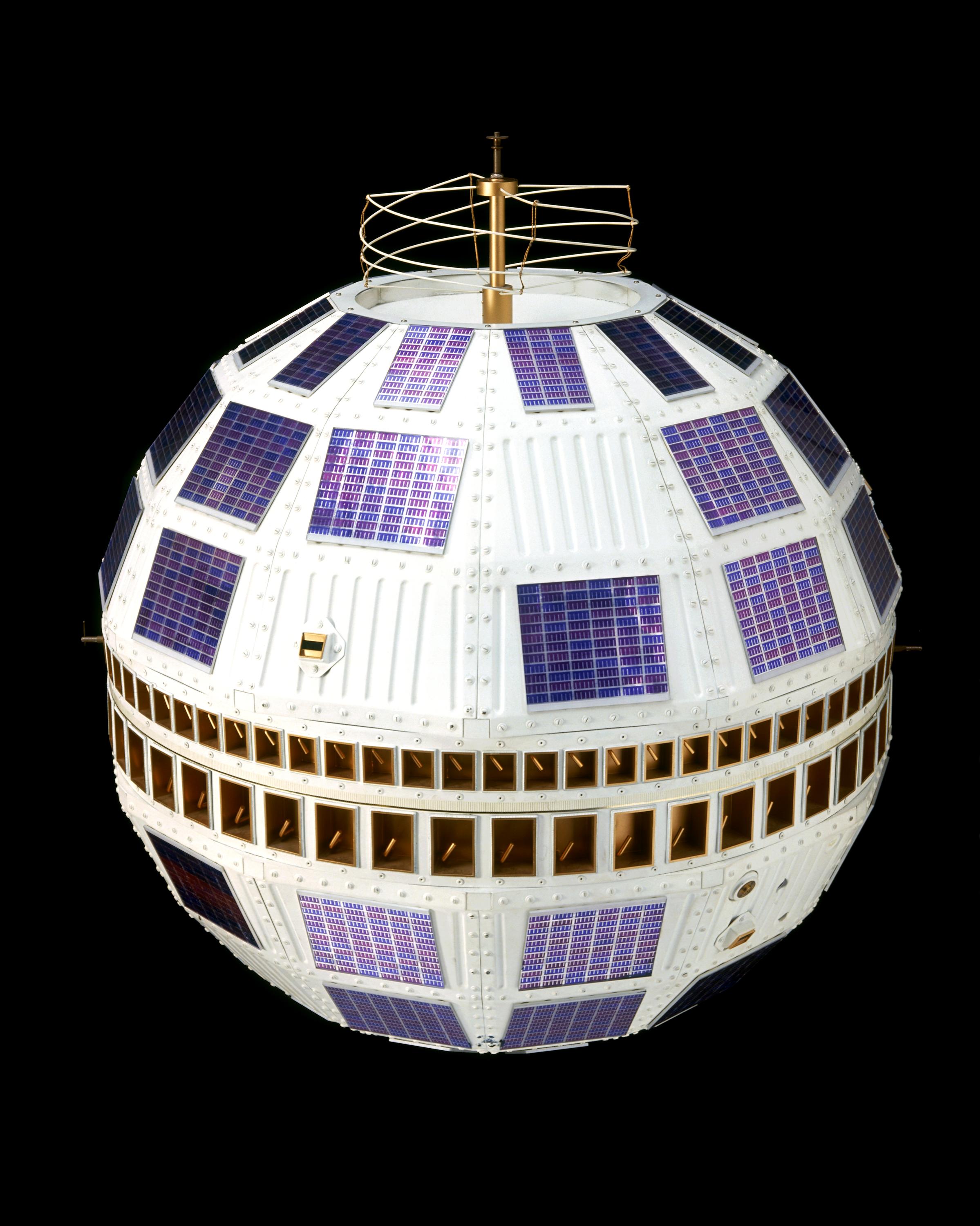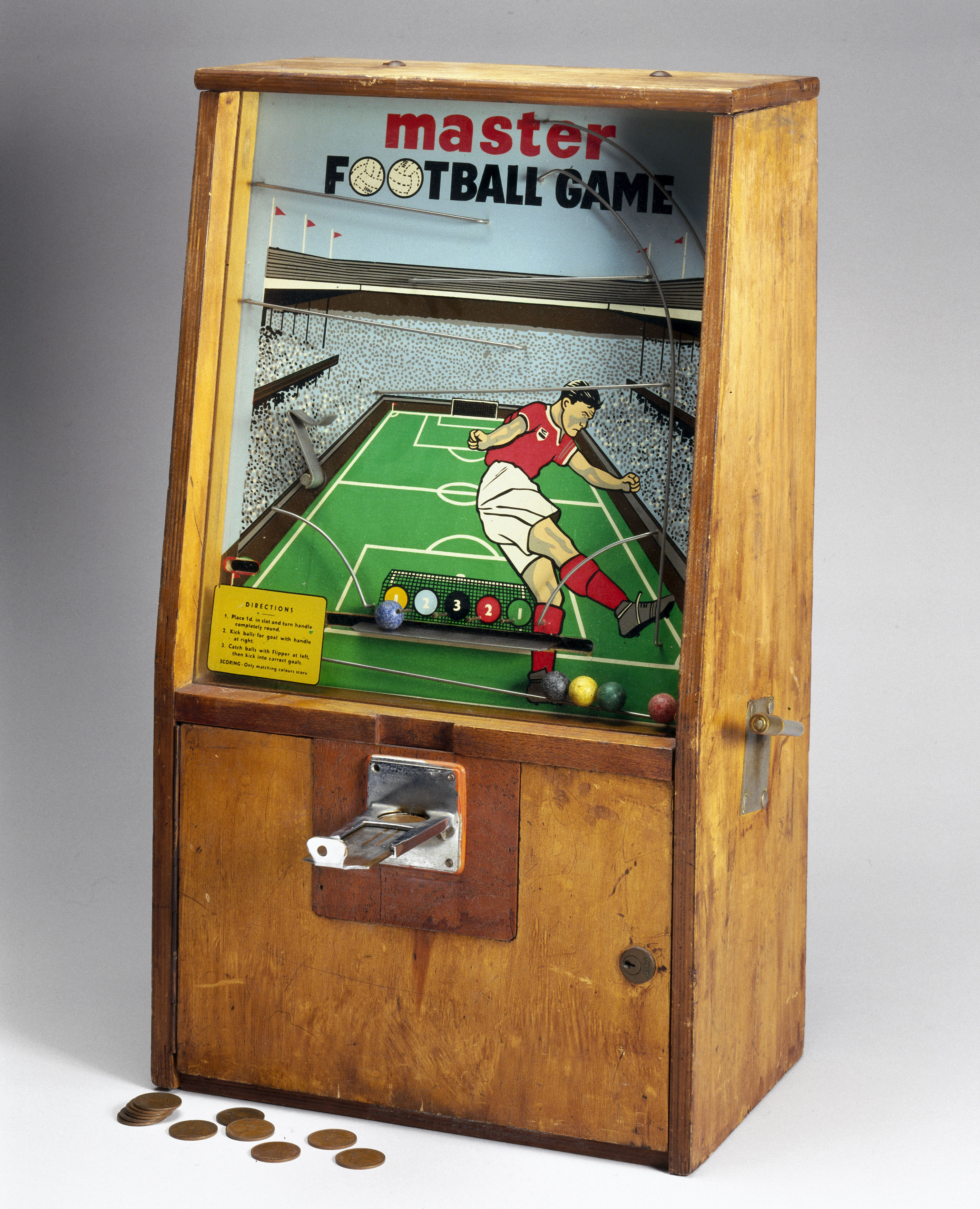Blame the manager, the ref, the team… I blame the satellite. Before the space age and communications satellites there was no live TV coverage of the World Cup and we could all get on with our work and jobs around the house and garden.

It was just another international sporting event covered by radio, recorded television reports and on the back pages of the newspapers. There was less tension, less hype and, to put it bluntly, less interest. Oh, how times have changed.
Telstar relayed the very first TV pictures by satellite in 1962. The event was a technological triumph, a harbinger of near-real time global culture and, not least, the inspiration for one of the most distinctive pop records ever made.

Telstar, though, occupied an orbit that made continuous broadcast impossible. After a while the satellite would dip below the horizon and the signal it was relaying would be lost.

The development of more powerful space rockets allowed satellites to be launched to the far higher geostationary belt around the Earth’s equator. At an altitude of 36,000m, the satellites’ orbital rates match that of the Earth’s rotation so ‘anchoring’ them at fixed points above the horizon.
Today’s World Cup is being brought to our homes by a fleet of such communications satellites that collect and distribute the action from Russia to countries around the world.

This can then be beamed back up to a set of Direct Broadcast Satellites (DBS), also occupying the geostationary orbit, which relay them down to the satellite dishes that adorn our walls and roofs.
It was the DBS industry that invested in the English football league and especially the Premiership during the 1990s, so helping make it the most successful domestic football league in the world. But that’s still no guarantor of success on the pitch…
Updated 10/07/18